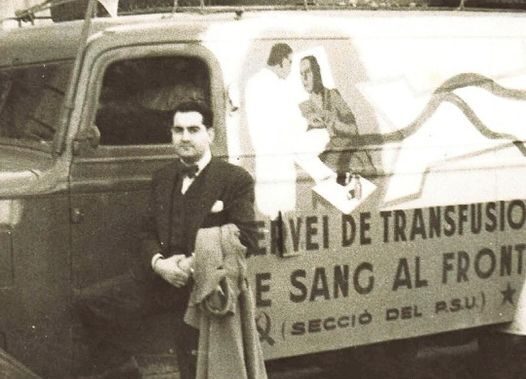Establishments that have been in the neighborhood for decades and generations.
Not so long ago, or maybe too long ago, the neighbors bought everything, or almost everything, in the neighborhood and only had to ‘”go to Barcelona” on specific occasions to do some shopping by car, driving the 45 or on foot Via Laietana up, “that lets you reach the Plaza Catalunya in 20 minutes”. They went out to order at the Corte Inglés, Can Jorba or to the bazaars of Plaza Palau, to fill out some administrative paperwork or to a “must visit” to Sancho de Ávila. And little else. Everything else was just a stone’s throw away from home.
It was what we now call proximity commerce. It used to be a traditional family business that passed from parents to children on both sides of the counter: the sellers’ and the customers’. This generated a dynamic local economic activity aimed at meeting local needs. A kind of self-consumption in which the customers were the neighbors themselves. We dressed in the neighborhood stores, we shopped at the market, we all went to the same doctor, we called the neighborhood plumber, and so on in spite of everyone.
This commercial activity generated, in turn, an intense social activity. Street life was lived in the streets and people met in the establishments. You chatted without haste while it was your turn. You kept up to date with the news of your interlocutor and especially those of others.
Today it is very different. This has disappeared or – as others like to say – has “evolved” a lot. Franchises, multinationals, online commerce, bazaars and stores owned by outsiders with eternal opening hours, which proliferate both inside and outside the neighborhood. All together have largely replaced this commercial and social fabric so typical of a community (neighborhood village) clearly delimited, where people knew each other and interrelated.
Better? Worse? Undoubtedly, different.










